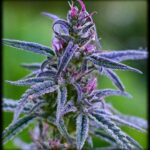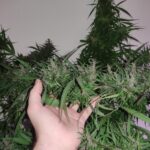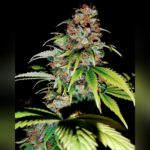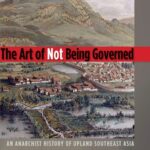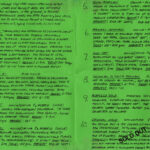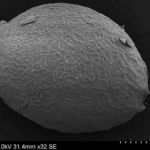Central Asian ‘charsis’ in a Lucknow park, shown in a painting from late 18th Century north India. This – and much else – is surveyed in a new ramble through cannabis botany, landraces, history, and culture with the Aussie Ganja Project.
***
Scenes of dervishes or yogis meeting in parks to indulge in cannabis and opium are a feature of Persian and Indian art from around the late 16th Century, with the finest paintings being by Muhammadi, an artist from Herat, Afghanistan.
Smoking cannabis – rather than eating or drinking it – first shows up in Indian paintings around the 1780s, such as in this piece from the school of Mir Kalan Khan of Lucknow.
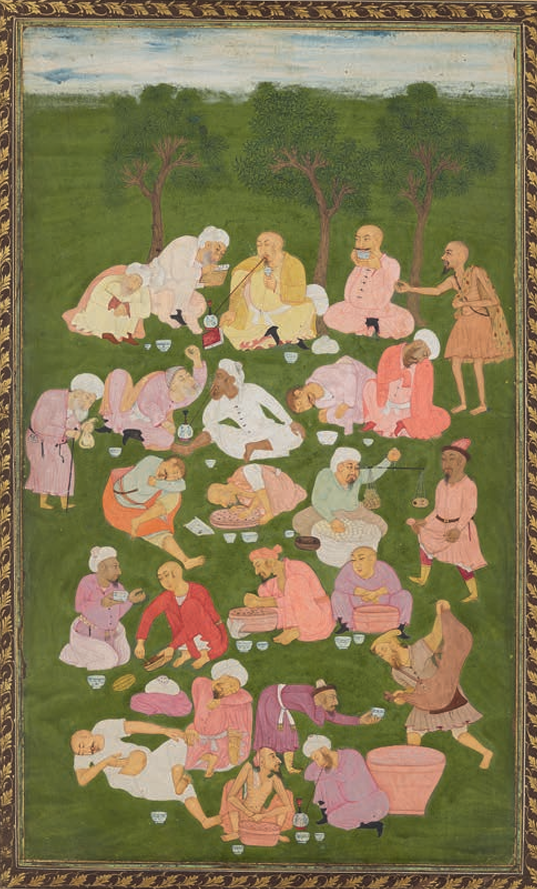
Charas smokers in a park – Lucknow, India, c. 1760 – 80
The court at Lucknow was famous for its refined and decadent Indo-Persianate culture. Among the aristocracy, the finest hand-rubbed charas imported from Nepal was said to fetch its weight in gold after making the several days’ journey from the Himalayan hill districts straight north of the city,
The highest grades of dry-sieved charas were imported from far further afield, with the most prestigious producing region of this era being Bukhara (now in Uzbekistan).
Because of their prosperity and population size, cities of northern India such as Lahore and Lucknow were major sources of demand for Central Asian charas.
The name ‘charas’ is a metonym that almost certainly entered Indian languages from Persian and literally means ‘bag’ or ‘pouch’, after the bags and pouches that traders and consumers used to carry the dry-sieved Central Asian product.
The figures shown in this scene are mostly Persianate Central Asian Muslims, with two wearing pointed Turkic hats. The bald-headed mendicant is a dervish.
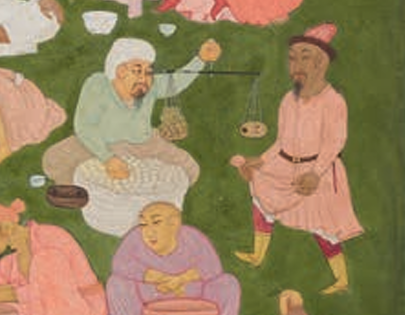
Charas seller in a Lucknow park, north India – c. 1760 -80
One figure appears to be weighing out balls of Central Asian charas to sell, while others smoke charas in ceramic water pipes, another perhaps expressing his appreciation for its quality.
Early in India’s Persianate era, from c. C11 onwards, it was still customary for Indians to refer to Central Asians as ‘Saka’ – i.e., Scythians.
***
Here’s the chat with Aussie Gunja Man….

